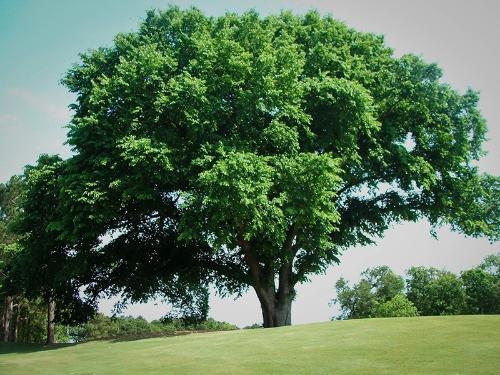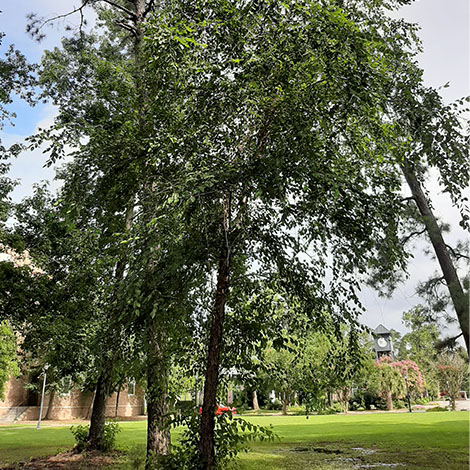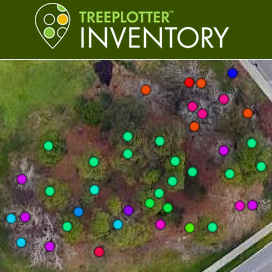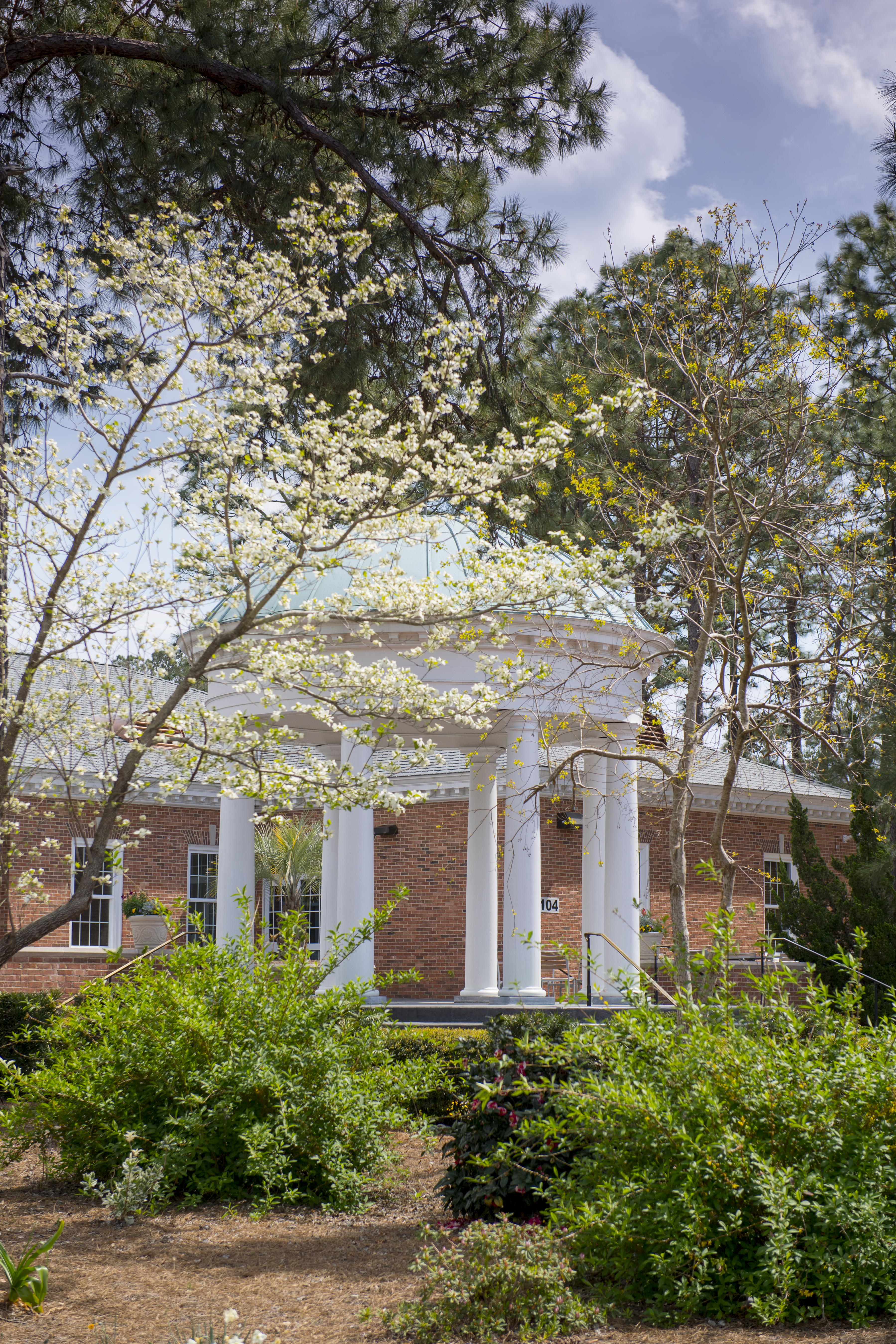CCU Arboretum
American Elm
 Common Name: American Elm
Common Name: American Elm
Scientific Name: Ulmus americana
Species Range: American elm is native to eastern North America. Its United States range is from Montana to Maine and east of central Texas. American elm is found in Canada from Saskatchewan to Quebec. In the southern regions of its range, it is commonly found in wetland areas and flood plains, usually growing close to large creeks in the northern regions. In more central locations, it tends to grow on plains, edges of swamps, and bottom lands. It can grow in USDA Hardiness Zones 3-9.
Growth Characteristics: This elm grows anywhere from 60’ - 100’ in height with a trunk diameter ranging from 2’ - 4’. It has a very prevalent, overarching crown, and the growth rate varies from medium to fast depending on the location. Although it is tolerant of average to dry soils with various pH levels, it favors moist and well-drained soil types. The bark varies from light to medium gray, alternating between brown and white layers. The leaves are simple, double serrated, have an alternating arrangement, are ovoid to elliptic in shape, with a pointed tip and oblique to asymmetric base, roughly 2 ¾"- 7” in length and 1 ½" - 3 ½" in width, and appear in shades of green to dark green. They may also have a lightly hairy and smooth texture. There is notable autumn color change, displaying an assortment of golds and yellows. Unobtrusive, bisexual clusters of flowers bloom in shades of green to red from February to May. They average 1/8” width and can self-pollinate. The fruit is a samara, appearing in dangling clusters between March and April. They have small, white hairs around the edge and have a flat, elliptic shape with a ½” diameter.
Wildlife Value: Ulmus americana seeds are a food source for wildlife such as birds, rabbits, and squirrels. Deer enjoy eating its leaves and twigs in the spring.
Ecosystem Service Value: One of the most popularly planted trees since the 1800s, American elm has been a predominant ornamental for many cities and landscapes in its range. The broad, fan-shaped crown makes for a charming addition along roads and driveways. American elm is also a highly valued timber tree; it’s resistant to splitting, strong wood is commonly used to produce furniture and other common wooden products.
Threats: Upon its arrival from Europe in the 1950s, Dutch elm disease quickly killed off millions of American elms, mainly in the northeastern part of its range. This disease spreads quickly throughout the tree due to beetles that eat the branches, and it spreads very easily through the root system and onto neighboring trees. However, disease-resistant strains are being created and some are already being sold and fungicide injections can be used every three years as treatment. Elm yellows and verticillium wilt are two other common diseases. Common pests include elm bark and leaf beetles, as well as the elm leafminer.
Identification Tips and Tricks: While the leaves of the American elm can often be mistaken for those of slippery elm, the bud provides a clear distinction between the two. A bud of the American elm is smooth, pointed, and reddish-brown. The dark brown, hairy twigs are also indicators between the two elms.
Species profile by Audrey Nelson
References:
American Elm. (n.d.). Retrieved March 01, 2021, from https://nature.mdc.mo.gov/discover-nature/field-guide/american-elm
American Elm. (n.d.). Retrieved March 29, 2021, from http://webpage.pace.edu/naturespace/American%20Elm.htm
American Elm. (n.d.). Retrieved March 29, 2021, from https://www.mortonarb.org/trees-plants/tree-plant-descriptions/american-elm
Kirkman, L. Katherine., et al. Native Trees of the Southeast: An Identification Guide. Timber Press, 2007.
Ulmus Americana (American Elm). (n.d.). Retrieved March 29, 2021, from https://www.minnesotawildflowers.info/tree/american-elm#:~:text=Flower%3A,papery%20lobes%20that%20wither%20quickly
Ulmus Americana L. (n.d.). Retrieved April 18, 2021, from https://www.srs.fs.usda.gov/pubs/misc/ag_654/volume_2/ulmus/americana.htm








